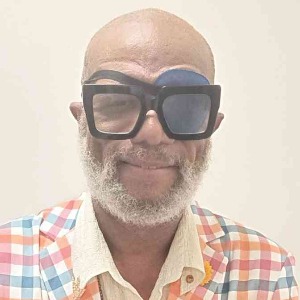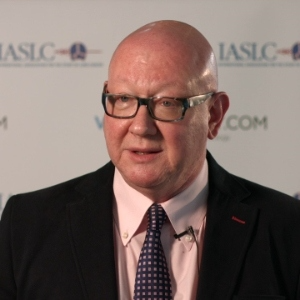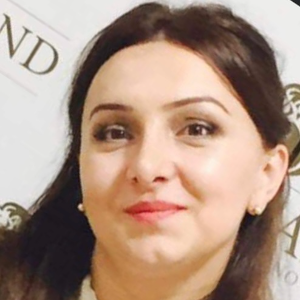Hyperpigmentation is an abnormally high production of melanin, or the pigment that gives skin its color. Commonly found on the face, hands and other areas of the body that are commonly exposed to the sun, it can be caused by a variety of factors, such as long-term sun exposure, post-inflammatory hyperpigmentation, hormonal changes, or a reaction to certain medications. Hyperpigmentation is classified into two main categories: localized and generalized. Localized hyperpigmentation is limited to a specific area or areas of the body, while generalized hyperpigmentation affects the entire body. Treatment of hyperpigmentation depends on the cause and severity. For localized hyperpigmentation, a variety of medications can be prescribed, including topical creams that contain hydroquinone, retinoids, and/or corticosteroids. If the pigmentation is caused by inflammation or post-inflammatory hyperpigmentation, sunscreen or topical retinoids may help to reduce or eliminate the spots. In more severe cases of hyperpigmentation, or when standard treatments do not provide adequate results, more aggressive methods such as laser therapy, dermabrasion, or chemical peels may be used. Laser treatments can help to lighten the skin and even out pigmentation, by targeting the melanin-producing cells. Dermabrasion is a technique that uses a brush or a machine to exfoliate and smooth the surface of the skin, while chemical peels remove the top layers of skin to reveal a more even complexion. No matter the treatment, it’s important to protect the skin from further damage and discoloration by using a sunscreen with an SPF of 30 or higher and by avoiding direct sun exposure. For best results, seeking advice from a dermatologist can help determine the best treatment plan for your particular condition.

Irina Sergeeva
Novosibirsk State University, Russian Federation
Dave Ray
Dave Ray Enterprises., United States
George Sulamanidze
Plastic Surgeon at Clinic of Plastic and Aesthetic Surgery and Cosmetology TOTALCharm, Georgia
Sergei A Grando
University of California Irvine, United States
Nino Tsamalaidze
Ltd Karabadini+, Georgia
Lina Petrossian
California University of Science and Medicine, United States
Surajbala Khuraijam
Manipur Health Services, India
Shrutimita Pokhariyal
Symbio, India
Yasser Mohammed Hassanain Elsayed
Egyptian Ministry of Health, Egypt



Title : Paraneoplastic Autoimmune Multiorgan Syndrome or PAMS: Paraneoplastic pemphigus revisited
Sergei A Grando, University of California Irvine, United States
Title : Modern non-invasive methods for in vivo assessment of skin
Georgios N Stamatas, SGS, France
Title : Personalized and precision dermatology through the view of biodesign-inspired translational & data-driven applications: Revolutionary skin treatments for every concern in clinical dermatology integrating skin care experts and consumers
Sergey Suchkov, N.D. Zelinskii Institute for Organic Chemistry of the Russian Academy of Sciences, Russian Federation
Title : The next generation of threads: Lifting, volumization, and biostimulation in one powerful triple action
George Sulamanidze, Plastic Surgeon at Clinic of Plastic and Aesthetic Surgery and Cosmetology TOTALCharm, Georgia
Title : Lymphoproliferative diseases in the practice of a dermatologist
Irina Sergeeva, Novosibirsk State University, Russian Federation
Title : Comparative efficacy of omalizumab and dupilumab in children with Chronic Spontaneous Urticaria (CSU): A retrospective cohort analysis
Molynna Nguyen, University of Toledo, United States
Title : "Mirror mirror on the skin” — A low-cost community strategy to reduce melanoma disparities in Washington, D.C.
Kayla Sampson, Georgetown University School of Medicine, United States
Title : Vitiligo: Not just an aesthetic disorder
Mateja Starbek Zorko, University Medical centre Ljubljana, Slovenia
Title : Personalized and Precision Medicine as a unique avenue to have the healthcare model renewed to secure the national biosafety: Advanced skincare solutions in individualized cosmetology, reconstructive plastic surgery and the modern beauty
Sergey Suchkov, N.D. Zelinskii Institute for Organic Chemistry of the Russian Academy of Sciences, Russian Federation
Title : Keratinocyte apoptosis by caspase – 3 Immunostaining in histopathology as marker of activity as well as correlation with dermoscopy findings in Cutaneous Lupus Erythematosus (CLE) in skin of color: An observational study.
Subhojit Ray, All India Institute of Medical Sciences, India